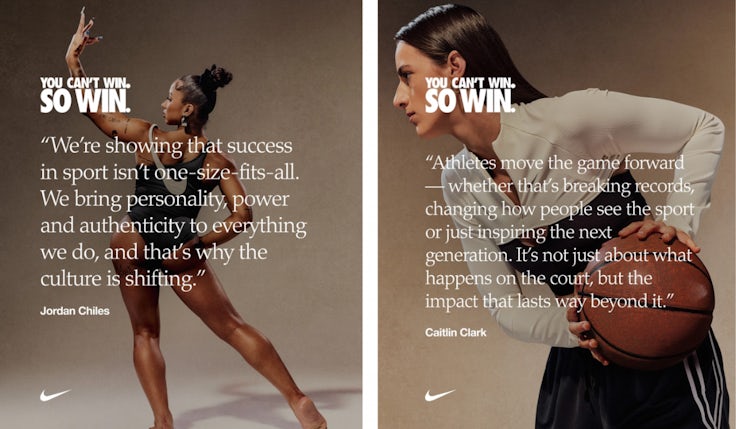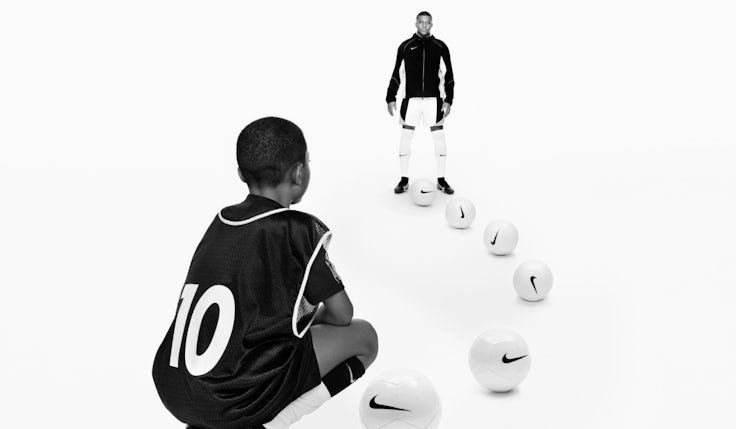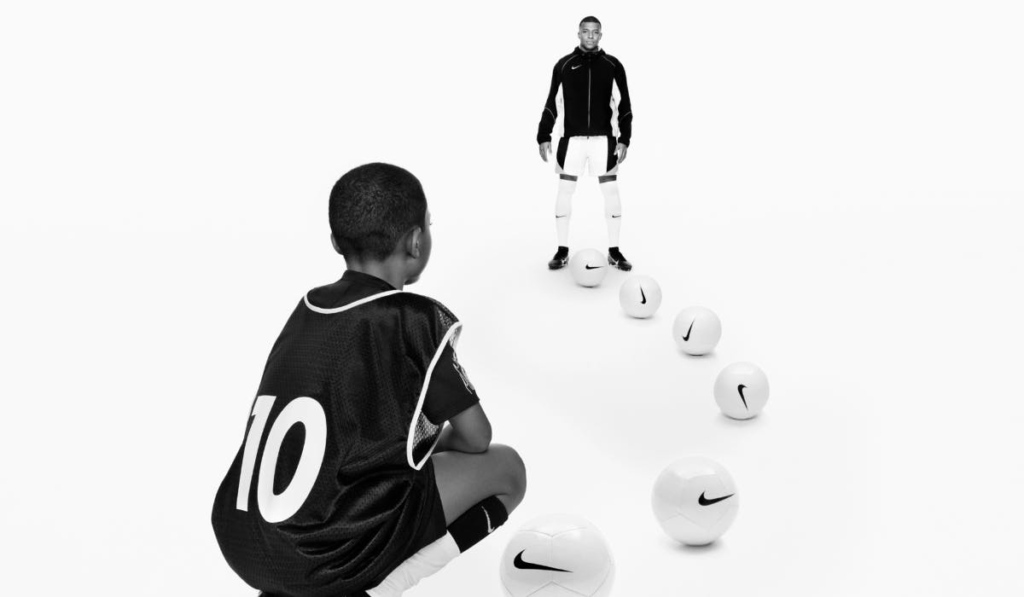
Nike is beginning to see momentum from its strategic pivot back to athletes and brand marketing under new CEO Elliott Hill, though there is still a long way to go.
While the business’s revenues are down 10% for the full financial year, in the last quarter its key Nike Running division returned to growth in the “high-single digits”, Hill told investors overnight.

Nike is beginning to see momentum from its strategic pivot back to athletes and brand marketing under new CEO Elliott Hill, though there is still a long way to go.
While the business’s revenues are down 10% for the full financial year, in the last quarter its key Nike Running division returned to growth in the “high-single digits”, Hill told investors overnight.
For the year ending 31 May, revenues at Nike were $46.3bn (£33.7bn), a 10% drop from the previous year. Its wholesale revenues were $25.9bn (£18.9bn), representing a 7% decline.
During its fourth quarter, overall revenues were $11.1bn (£8bn), down 12%, while wholesale revenue was $6.4bn (£4.6bn), a 9% drop.
The brand increased its marketing investment by 15% in the three months to 31 May, totaling $1.3bn (£946m), with higher investment across sports and brand marketing, including its Super Bowl campaign ‘So Win’, which highlighted women’s sport, and new collaborations with athletes.
For the full year, marketing investment was up 9% at $4.7bn (£3.4bn).
Reclaiming Nike’s brand identity

Nike’s investment in higher levels of sports and brand marketing is part of its ‘Win Now’ strategy encompassing culture, product, marketing, marketplace, and ground game, which aims to return the brand to growth.
“We pulled the lever we could pull the fastest, investing heavily in big sport moments and key product launches to win back our brand voice. That energy has ignited Nike performance product with consumers, which is helping to better balance our portfolio,” said Hill.
The business is also working to “return Nike Digital to a premium destination” away from heavy discounting, he added.
Nike is putting its brand first, said CFO Matt Friend, while also assessing the business’s costs. Since taking on the CEO role, Hill has “flattened” his leadership structure and made changes to 11 out of 15 direct reports.
“We will evaluate corporate cost reduction as appropriate; however, our highest priority right now continues to be reigniting brand momentum through sport and stabilising our business,” said Friend.
Under former CEO John Donahoe, Nike upped its focus on direct-to-consumer selling, performance marketing and digital, snubbing its wholesale partners and triggering much of the brand’s current decline. It’s something Hill is committed to fixing.
“A sharp ‘sport’ point of view and a less promotional Nike marketplace is helping us gain the confidence of wholesale partners,” he explained. “I’m personally meeting with our partners to reaffirm that we’re prioritising and investing in their businesses. We’re also strategically adding more points of distribution, to be in the path of a wider range of consumers.”
The Win Now strategy is still in its early stages after being implemented in the recent quarter. It’s also had a knock-on impact on finances, explained Friend.
“In Fiscal 25, we reclaimed our identity through sport, and implemented the Win Now actions to reposition our brands and business for future growth. While in line with our expectations, we are not pleased with our financial performance,” he said.
“The fourth quarter reflected the largest financial impact from our Win Now actions. We expect the headwinds to revenue and gross margin to begin to moderate from here.”
While navigating a brand in decline, Nike’s leadership team is also contending with the impact of increased tariffs in the US, which Friend expects will have a $1bn impact on the brand. Against a backdrop of financial headwinds, Nike is introducing a “surgical” price increase in the US beginning this autumn.


